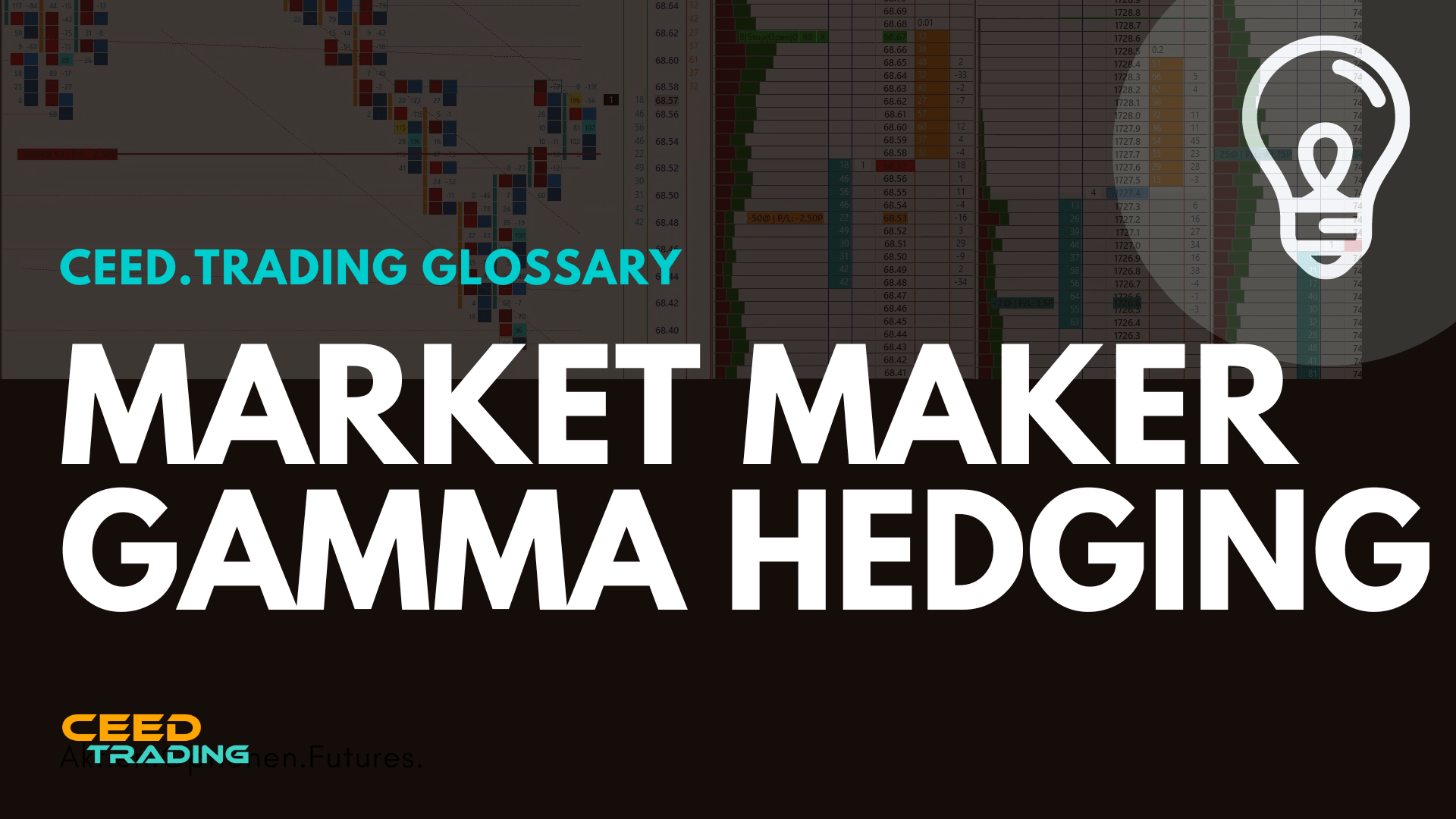
Market maker gamma hedging is a risk management strategy used by market makers in options trading. It involves adjusting the delta exposure of an options portfolio to offset changes in the price and volatility of the underlying asset.
To understand market maker gamma hedging, let’s break down the key components:
- Market Maker: A market maker is an intermediary or a firm that provides liquidity to financial markets by simultaneously quoting both bid and ask prices for a particular security. In options markets, market makers play a crucial role in facilitating trading and ensuring that there is a continuous supply of options available for buyers and sellers.
- Delta: Delta measures the sensitivity of an option’s price to changes in the price of the underlying asset. A delta of 1 means that the option’s price will move in lockstep with the underlying asset, while a delta of 0.5 indicates that the option’s price will move roughly half as much as the underlying asset.
- Gamma: Gamma represents the rate of change of an option’s delta relative to changes in the price of the underlying asset. Gamma is highest for at-the-money options and decreases as the option moves further in- or out-of-the-money.
Now, let’s put it together:
Market makers engage in gamma hedging to manage the risks associated with changes in the underlying asset’s price and volatility. When market makers sell options to traders, they are exposed to potential losses if the underlying asset’s price and volatility move against their positions.
To mitigate these risks, market makers dynamically adjust the delta exposure of their options portfolios through gamma hedging. As the price and volatility of the underlying asset change, the delta of the options also changes, resulting in an imbalance in the delta-hedged portfolio.
If the gamma of the options portfolio becomes positive, indicating an increase in delta for a price rise in the underlying asset, the market maker will take offsetting positions to increase their short delta exposure. This typically involves selling or shorting the underlying asset to hedge against potential losses if the asset’s price rises.
Conversely, if the gamma of the options portfolio becomes negative, indicating a decrease in delta for a price rise in the underlying asset, the market maker will adjust their positions to reduce their short delta exposure. This might involve buying or covering the underlying asset to hedge against potential losses if the asset’s price falls.
By continuously monitoring and adjusting their delta exposure through gamma hedging, market makers aim to manage their risk exposure and maintain a more balanced and neutral position, reducing the potential impact of price and volatility changes on their options portfolios.
In summary, market maker gamma hedging is a risk management strategy employed by options market makers to adjust the delta exposure of their options portfolios in response to changes in the price and volatility of the underlying asset. The goal is to mitigate risk and maintain a more balanced position.











0 responses on "What is market maker gamma hedging?"